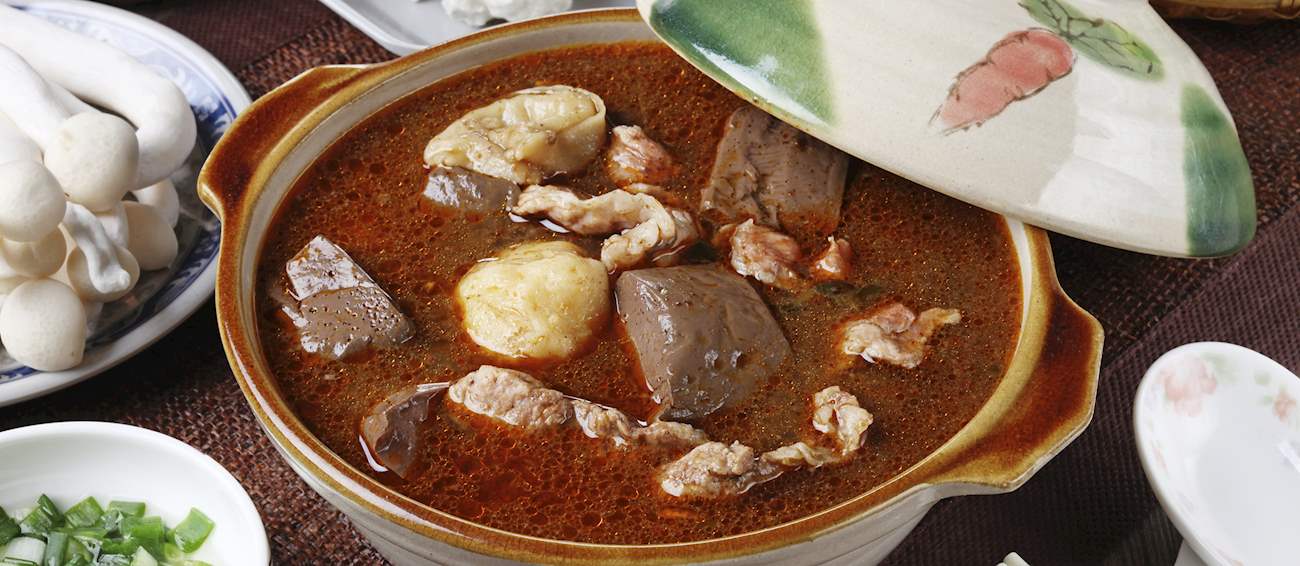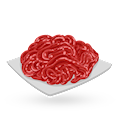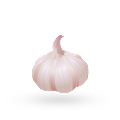Sichuan in origin, mapo doufu consists of tofu cubes settled in a spicy sauce containing minced meat, traditionally beef or pork, and fermented black beans known as douchi. The dish is said to have been invented in a small restaurant called Chen Xingsheng in Chengdu back in 1862, while the name of the dish comes from the lady cook who created it.
Namely, the word mapo is an abbreviation which can be translated as pockermarked grandma, referring to the woman's appearance. The numbing spiciness and hotness of the dish come from Sichuan peppercorns, chili oil, and doubanjiang, a broad bean paste, whereas additional ingredients include wine rice, soy sauce, ginger, garlic, a garnish of chopped green onions, and optionally, starch, which is used as a thickener.
Sichuan hotpot is a numbingly hot and spicy dish made by poaching raw ingredients in a pot of boiling broth. The ingredients might include sliced meat, offal, seafood, vegetables, noodles, and most importantly, Sichuan peppercorns. Consuming hotpot is a communal affair, so people usually gather around the pot while socializing and adding the ingredients into it.
As its name suggests, the dish was invented in Sichuan at the beginning of the 20th century. Originally, fisherman and port workers from the region could not afford regular cuts of meat, so they used offal, which was cooked in a spicy broth in order to disguise its pungent aromas.
MOST ICONIC Sichuan hot pot
View moreTraditional dan dan noodles are a true classic of Chinese cuisine. The star of the dish is a spicy sauce served with the noodles. Made with chili oil, preserved vegetables, Sichuan peppercorn, and sometimes sesame or peanut paste, the sauce bursts with heat and complex flavors.
The meat, most commonly minced pork or beef, is also commonly included, but mainly acts as a garnish. In China, the varieties differ only slightly, but worldwide the traditional dan dan noodles have been adjusted to the more gentle western palate and use significantly fewer spices.
MAIN INGREDIENTS
Often referred to as the Chinese ravioli, wontons are a variety of thin-skinned dumplings with meat, seafood or vegetable filling enclosed in tender wheat dough wrappers. Many sources suggest that the origins of wontons date back to the Han dynasty era, when they used to be prepared for the Chinese ancestor worship rituals as offerings to the spirits of the deceased.
As the Han era concluded, circa 220 CE, the northern Chinese farmers who had long grown wheat discovered they could ground this grain into flour and knead it with water. From this practice emerged an entire world of new dishes known as bing, which was a collective name for steamed breads, grilled flatbreads, noodles, and various dumplings.
A staple of westernized Chinese cuisine and one of the favorite dishes of foreigners in China, kung pao chicken is a spicy stir-fry dish made with diced chicken, vegetables, peanuts, and Sichuan peppercorns. It was invented in the Sichuan province and has a unique, interesting origin story.
In the 19th century, a boy named Ding Baozhen fell into a river and almost drowned. A passing stranger saved him, and as the years went by, Ding grew up to become a government official. He went to visit the man who saved him and ate a dish made with diced chicken, peanuts, and spicy peppercorns while visiting his home.
Twice cooked pork is a Sichuan specialty prepared by cooking fatty pork leg or belly (with the skin intact) in two different ways. Pork is first simmered in a pot and cooled in the refrigerator in order for the meat and fat to firm up. After that, the meat is sliced and stir-fried with vegetables such as cabbage, bell peppers, leeks, and mushrooms until it develops a brown color and the skin gets crispy on the edges.
Ingredients may vary from one cook to another, but most of them add a sauce made with rice wine, soy sauce and various other condiments to the wok along with meat and vegetables. It is believed that the dish was invented during the Song Dynasty period by a poet who was preparing a pork dish for his friend.
MAIN INGREDIENTS
Zhangcha duck is a duck smoked with tea and camfor, originating from the Chinese province of Sichuan which is famed for its spicy dishes. The preparation of this meal is a five-step process; first, it’s marinated, then boiled, air-dried, smoked, and finally, fried.
When served, pieces of duck meat are topped on gebao — a clam-shaped bun.
One of the most famous Chinese desserts is the classic egg tart, a delicious pastry consisting of a flaky outer shell with a creamy, but firm egg custard in the center. The origin of this traditional Chinese dessert is vague. It is believed that it grew out of Chinese contacts with western culinary traditions, but it is also likely that some form of an egg custard existed before the influence of the West.
Chinese egg tart variety is believed to be a cross between the classic British egg custard, which is much creamier than the Chinese tart, and the famous Portuguese tarts, known as pastéis de nata, which are especially popular in Macau.
Siu mei refers to a style of Chinese cuisine that is primarily characterized by roasting meat on spits over an open fire or in a rotisserie oven. Originating from Guangdong province in southern China, this culinary tradition is particularly prevalent in Hong Kong.
The term siu mei translates to "roast flavor" in Cantonese. Some of the most prominent and beloved examples of siu mei include char siu, siu yuk, soy sauce chicken, and white cut chicken. These dishes are typically served with rice and vegetables and sometimes with noodles.
VARIATIONS OF Siu mei
Char siu is a dish consisting of roasted, barbecued pork that has previously been marinated in the eponymous sauce, including ingredients such as soy sauce, hoisin sauce, rice wine, and star anise. The pork is usually served either as a sliced appetizer or shredded and chopped as a main meal.
In the early days of char siu, any available meats, such as wild boars and pigs were used to make the dish. The name char siu is literally translated to fork-roasted, referring to the original method of preparation in which the meat is placed on an elongated fork and roasted over an open fire that caramelizes the sugars found in the marinade.












